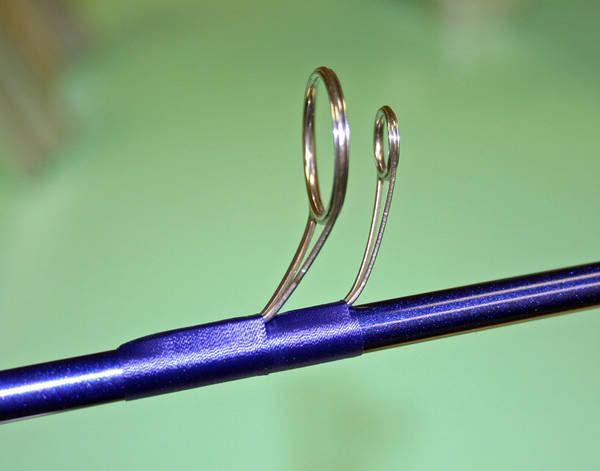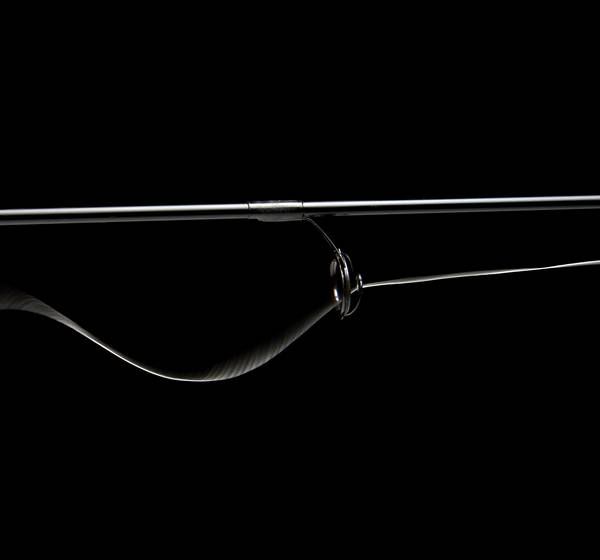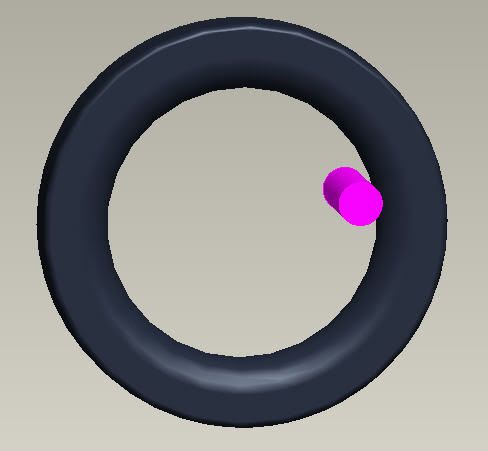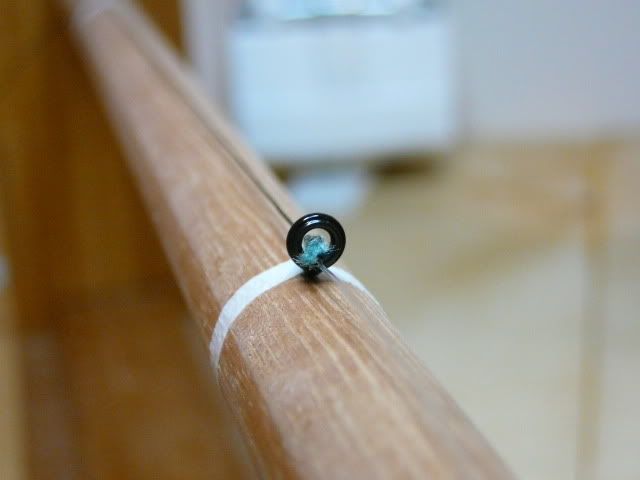Heywood wrote:Have either one of you seen the Castaway rod? With "Micro Guides"? No way your getting anything bigger than 15 lb leader through the top guide.
Just another fad.
I have cast one, plenty of times ... they DO work. They are in production at Castaway and being used by some custom builders. Again, the concept is not new - but it has been recently commercialized.
Here's a photo of the predecessor to the Microwave - a double guide setup done by a friend, Tom Kirkman, over 2 years ago.

It has probably been 5 years since we, a group of mad rod scientists, used high speed photography to figure out the oscillation patterns of a line being cast AND started to work "taming" it to gain distance (via reduced friction). The photos, and subsequent effect, was first discussed in a meeting in Tennessee and things went from there.
Here's a closeup of a Microwave guide in action.

As to "micro" guides. Custom builders have been using them for almost two decades. We use REALLY small ones when we are trying to increase casting distance, reduce rod weight, restore natural action to a blank, etc. Here's a photo of a "micro" inside of a normal #6 guide (most saltwater rods use #7 guides).

Better yet, here's a few micro guides on a dime to give perspective to the whole thing.

As to your question about line passing through a "micro" guide. Here's a CAD representation of 12# monofilament or 50# braid passing through the ID of a #3 guide. Line is a LOT smaller than you think it is.

As to "micro" guides, or "tamer" technology being fads ... not a chance, they are FAR too large of an improvement over existing technology for many applications. About 15 years ago, we heard the same thing about the New Guide Concept which Fuji later adapted. About 10 years ago, we heard the same thing about "split butt" grips. Five years ago, it was all about composite cork materials. ALL of them exist today in commercially-built rods.
Kistler already offers "micro" guides, the same for Duckett and E21 (Carrot Stix). St Croix will be releasing rods using the Fuji "K" series tangle-free "micros" in the near future.
End of story ... these technologies work. Are they for everyone? Absolutely not. Are they for every application? Not a chance. Will you see more of them? You bet.






